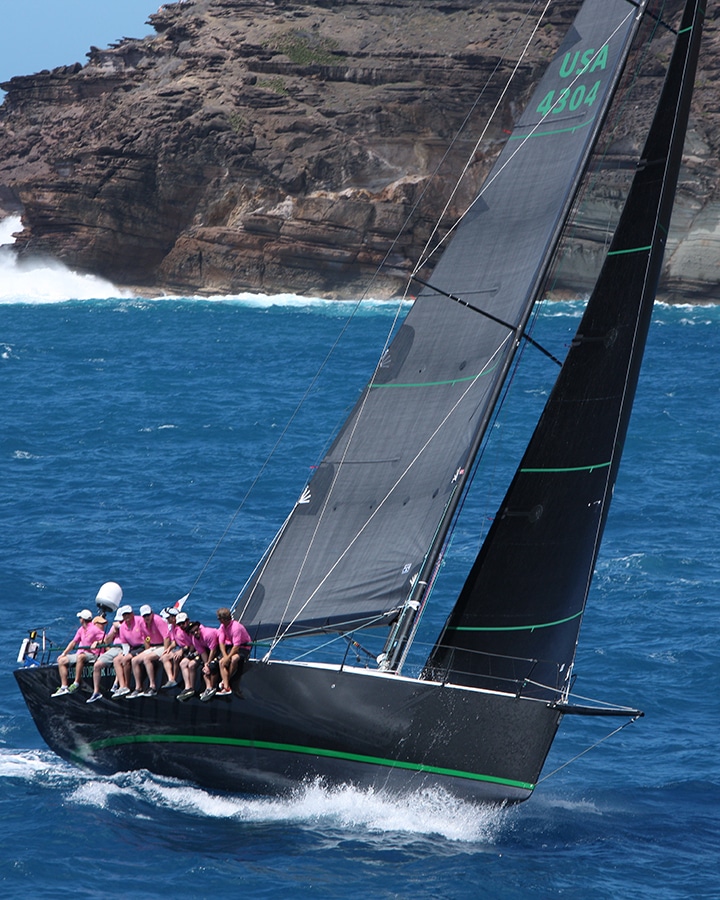
Welcome to the IRC Center
Before directly addressing IRC rating reviews, it is important to understand what IRC is and what IRC is trying to achieve.
Firstly, IRC is a rating rule. Each boat’s TCC is calculated from her measured and rated data. IRC is not a handicap system such as PY or PHRF. Simplistically, a handicap system is trying to answer the question ‘How fast did this boat go last week?’. Handicap systems are therefore subjective. IRC is objective.
Secondly, IRC makes the presumption that each boat is fundamentally of sound design. That does not mean IRC does not take note of cruising and other compromises to design. It does. Fitout for instance, materials, rig configuration, etc are all included in the calculation of TCC. But if a boat’s design is such that it just plain does not perform as the data suggests, then no account is taken of that. So, keel and rudder design, hull form, ballasting, rig proportions, etc are all assumed to be reasonable (within the context of the particular boat) and sensible. It would be philosophically very unwise to adopt any other philosophy which could lead to the encouragement of poor design.
Thirdly, IRC is aimed at production cruiser/racers and racer/cruisers. By their very nature, such designs tend not to be extreme. To support this, IRC tends to treat extremes in design slightly severely. To do otherwise would be to encourage extreme designs to the cost of the more middle of the road boats. ‘Extreme’ is of course a relative term and also will change with time. What was extreme 10 years ago might now be the norm.
Over the last 30 years for instance displacement has reduced significantly with advances in primarily materials and structures allowing the construction of much lighter boats. The norm must therefore be continually re-addressed.
› The IRC Time Calculator
› Get Ready to Measure
› Getting an IRC Rating
› IRC Q&A


